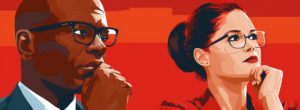Knowing which organization capabilities make a difference
- 4 Min Read
HRD Thought Leader Dave Ulrich, Norm Smallwood and Alan Todd explore the organization capabilities that matter the most to today’s businesses.
- Author: Dave Ulrich
- Date published: Oct 6, 2020
- Categories
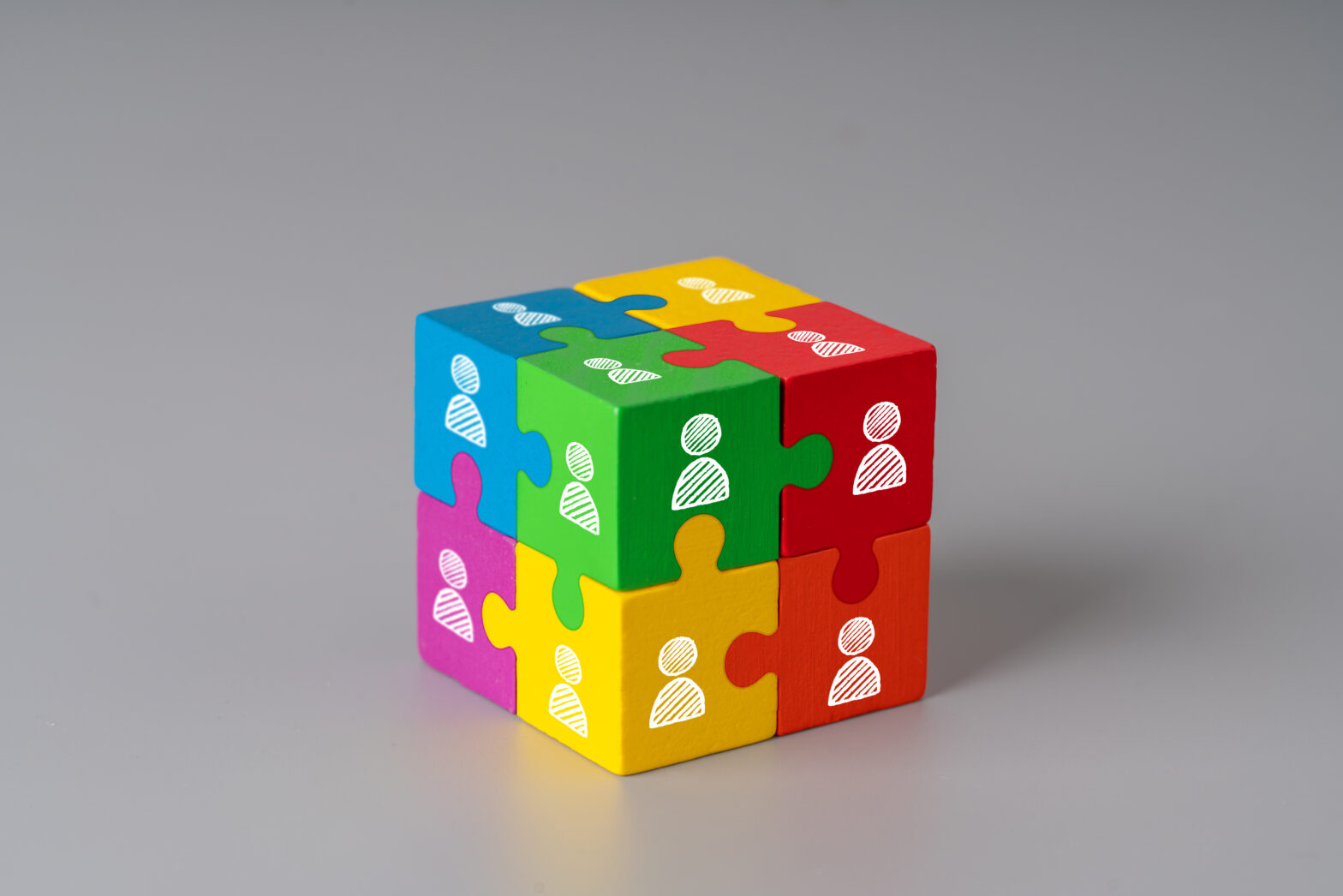
Talent matters; organization matters even more. In our research, organization has four times more impact than talent on business results. Individual competencies are ingredients, but organization capabilities represent the recipe that combines ingredients into an overall ‘meal’ experience. HR and business leaders add more value to all stakeholders when they create and deliver organization capabilities. We offer new insights and research on how to do so.
Evolving concept of organization
We have spent much of our professional lives defining and improving organizations (see books on organization).
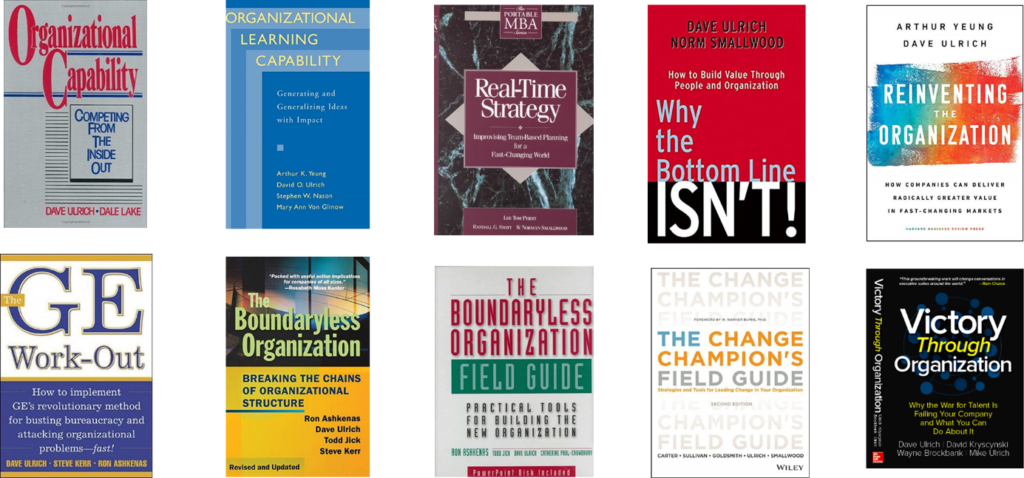
Understanding what makes up an organization has evolved through four phases (see Figure 2). This evolution of organization thinking pivots thinking about organizations from its structure and systems to the capabilities that enable it to succeed with its key stakeholders. Capabilities represent what the organization is known for and good at doing, somewhat like the Big Five personality traits represent an individual’s persona, not just their physical features.
Figure 2: Evolution of Organizational Form
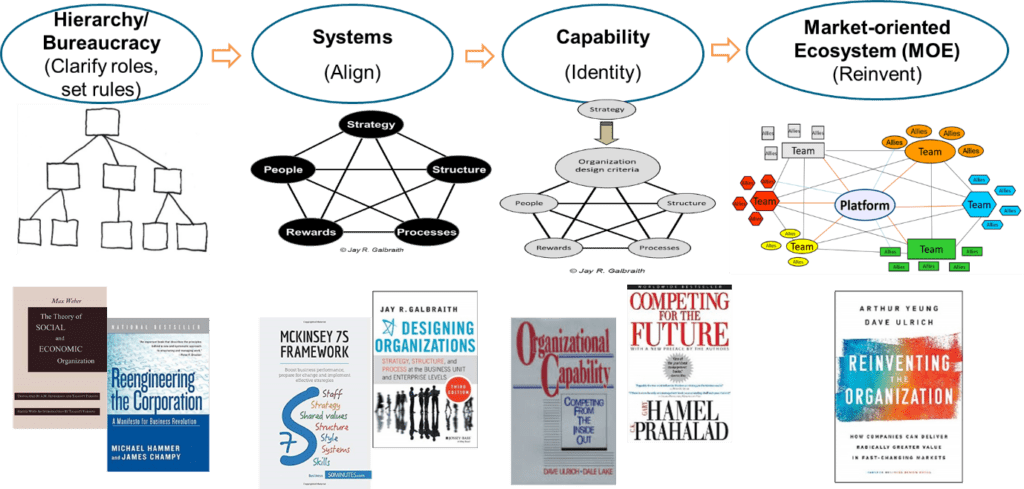
In our work on defining capabilities that help organizations succeed in the marketplace, we have identified 12 well-studied capabilities that may deliver outcomes.
12 well-studied 0rganization capabilities
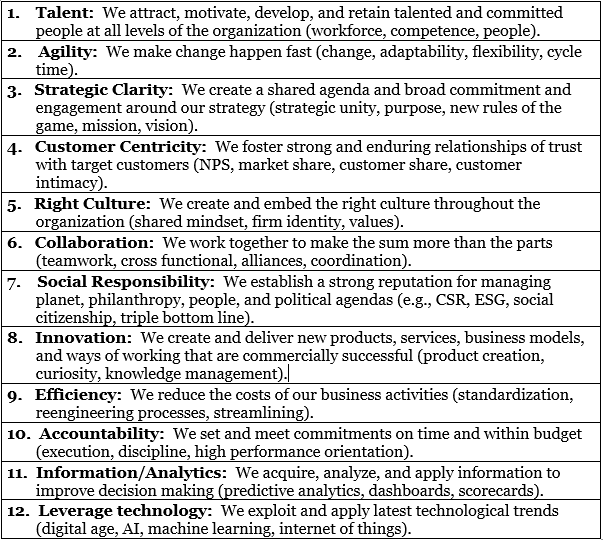
We can measure the extent to which these 12 capabilities exist in an organization and place them into an overall Organization Guidance System that informs the impact of four organization effectiveness pathways (talent, leadership, organization capability, and human resources) on five key results (employee, business strategy, customer, investor/financial, and social citizenship).
Report status of talent challenges
After 18 months of work on the OGS, we can now report pilot data on how well an organization performs on these twelve organization capabilities (see Figure 3). This figure reports the overall mean (column A), variance (column B), and reliability (column C) of the measures of these twelve capabilities. This figure indicates which of the 12 capabilities (right culture – #5), customer centricity (#4), social responsibility (#7) and talent (#1) and which score lower (leveraging technology – #12). The results also confirm that these are valid measures of the 12 dimensions (standard deviation and reliability scores).
Figure 3: Descriptive scores on organization capabilities
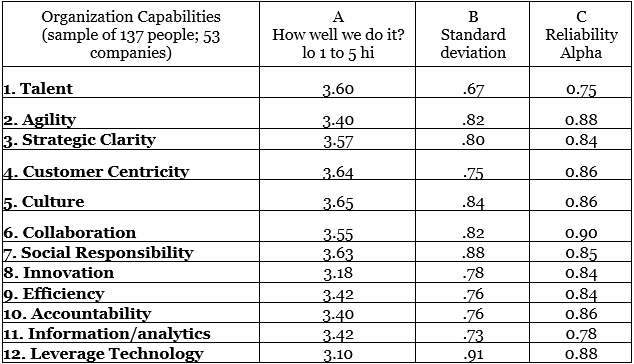
Guidance on organization capabilities
To move from these organization capability descriptions (Figure 3) to prescriptions, we offer guidance in Figure 4. This figure shows the relative impact of each of the 12 capabilities (rows) on four outcomes we measured in the pilot (columns B ,C, D, and E). We used proprietary analytics (variance decomposition) to understand how different talent initiatives will deliver different results (note: in the pilot we focused on 4 results; we now have added a fifth, social citizenship).
Figure 4: Guidance on relative impact of organization capabilities on key outcomes
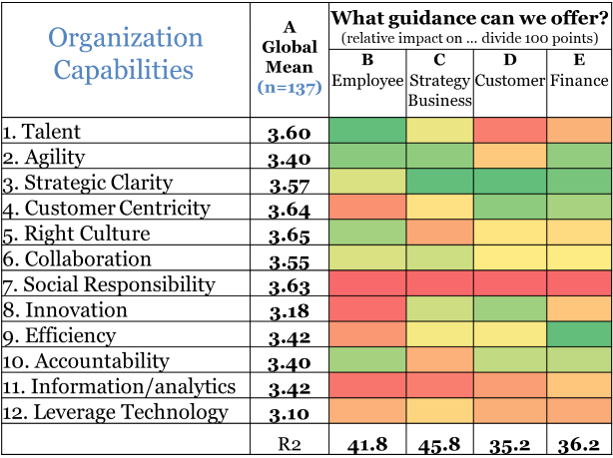
The findings in Figure 4 dramatically shift the discussion of organization capability from what is done to what should be done. While these findings are with a small pilot sample and while we realize that the desired organization capabilities may vary by context (industry, the pace of change) and strategy, some findings include:
- Capabilities explain about double or more the other pathways (overall R2). We report this by comparing the R2 from the OGS-talent pathway to the organization capability pathway (employee 19.8 to 41.8 ; business strategy 24 to 45.8; customer 15.7 to 35.2; financial 10.7 to 36.2). These results are consistent with other research which shows that while individual competencies (talent) matters; organization capabilities matter more.
- CSR has little impact on any results, nor does information or technology. This is surprising and may indicate that building these capabilities may need to be more closely linked to the outcomes they create.
- Strategic clarity impacts all stakeholders the most, especially customer. Strategic clarity is embracing a purpose, differentiating in the marketplace, exploiting market opportunities, and sharing a commitment to the strategic agenda.
- Employee impact comes from building the capabilities of talent (makes sense), agility, right culture and accountability
- Customers are driven by strategic clarity, customer centricity, and innovation
- Financial is driven by efficiency and strategic clarity.
These results will require consideration to figure out why some organization capabilities deliver some results more than others.
Implications
The implications of this organization capability guidance is profound. Depending on the results an organization seeks, business and HR leaders can now provide guidance on where to focus their organization capabilities. We have now reported the talent and organization pathways of the OGS. This OGS is FREE to anyone. Simply visit www.rbl.ai to get started.






